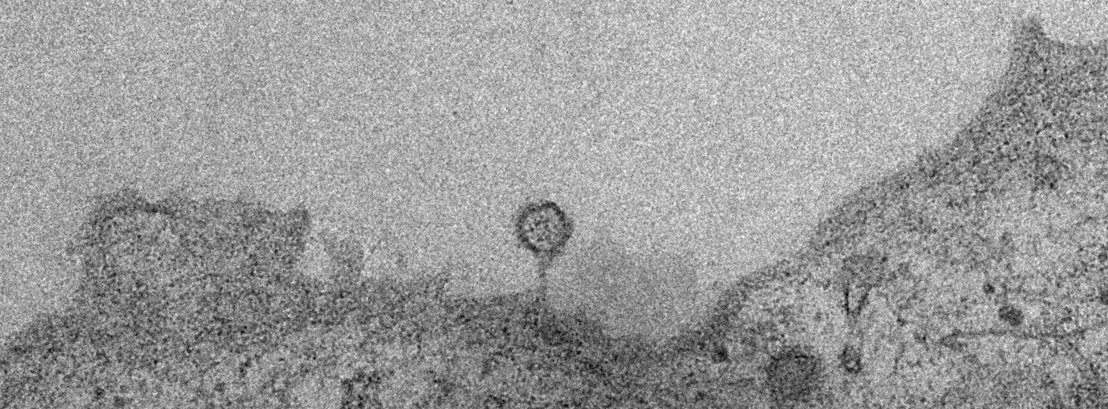|
RESEARCH INTERESTS Viruses are fascinating not only because of their intimate association with human disease, but also because they represent superb tools to deconstruct the myriad of pathways that govern cell function. Herpesviruses are large DNA viruses that have co-evolved with their hosts for more than 100 million years. Upon infection of their hosts, these viruses are not eliminated but hide within specific cell types. In healthy individuals, these viruses cause little arm. However, in immunodeficient individuals such as AIDS patients or transplant patients, herpesviruses are associated with life-threatening diseases. The ability of herpesviruses to establish a life-long infection lies, in part, with the fact that these viruses have developed a battery of genes that inhibit the function of important components of the host immune response such as the cytokine-mediated immune response, apoptosis, natural killer (NK) cell killing and T cell-mediated responses. Our laboratory investigates the interactions between herpesviruses (particularly Kaposi’s Sarcoma associated herpesvirus and Human herpesvirus 6) and the immune response of their host. This allows us to gain insights into the molecular mechanisms of viral pathogenesis, immunology as well as cell biology. VIRUSES Kaposi’s Sarcoma associated Herpesvirus (KSHV): Unlike most other herpesviruses, KSHV seroprevalence is radically different depending on the regions of the world. Infection by this virus is uncommon in North America (0-5%), intermediate in Mediterranean populations but can reach over 50% in some regions of Africa. In healthy individuals, KSHV rarely represents a threat. However, in immunocompromized individuals such as patients suffering from AIDS or undergoing transplantation, infection is associated with Kaposi’s Sarcoma (an aggressive form of skin cancer) as well as two B-cell lymphomas (primary effusion lymphoma and multicentric Castelman’s disease). Human Herpesvirus 6 (HHV6): HHV6 is acquired early in childhood and is ubiquitous within the human population. Primary infection is usually self-limiting but can be associated with exanthem subitum, a begin pathology characterized by a transient rash followed by fever. In rare occasions, severe complications can occur. Once primary infection is resolved, HHV6 persists in peripheral blood mononuclear cells (PBMC) as well as probably other tissues. HHV-6 reactivation is believed to play a role in the pathogenesis of AIDS and several other diseases such as mesial temporal lobe epilepsiy, multiple sclerosis and encephalitis. Murine gammaherpesvirus 68 (MHV68) and Mouse cytomegalovirus (MCMV): Two rodent herpesviruses commonly used as a model for human herpesviruses. |


